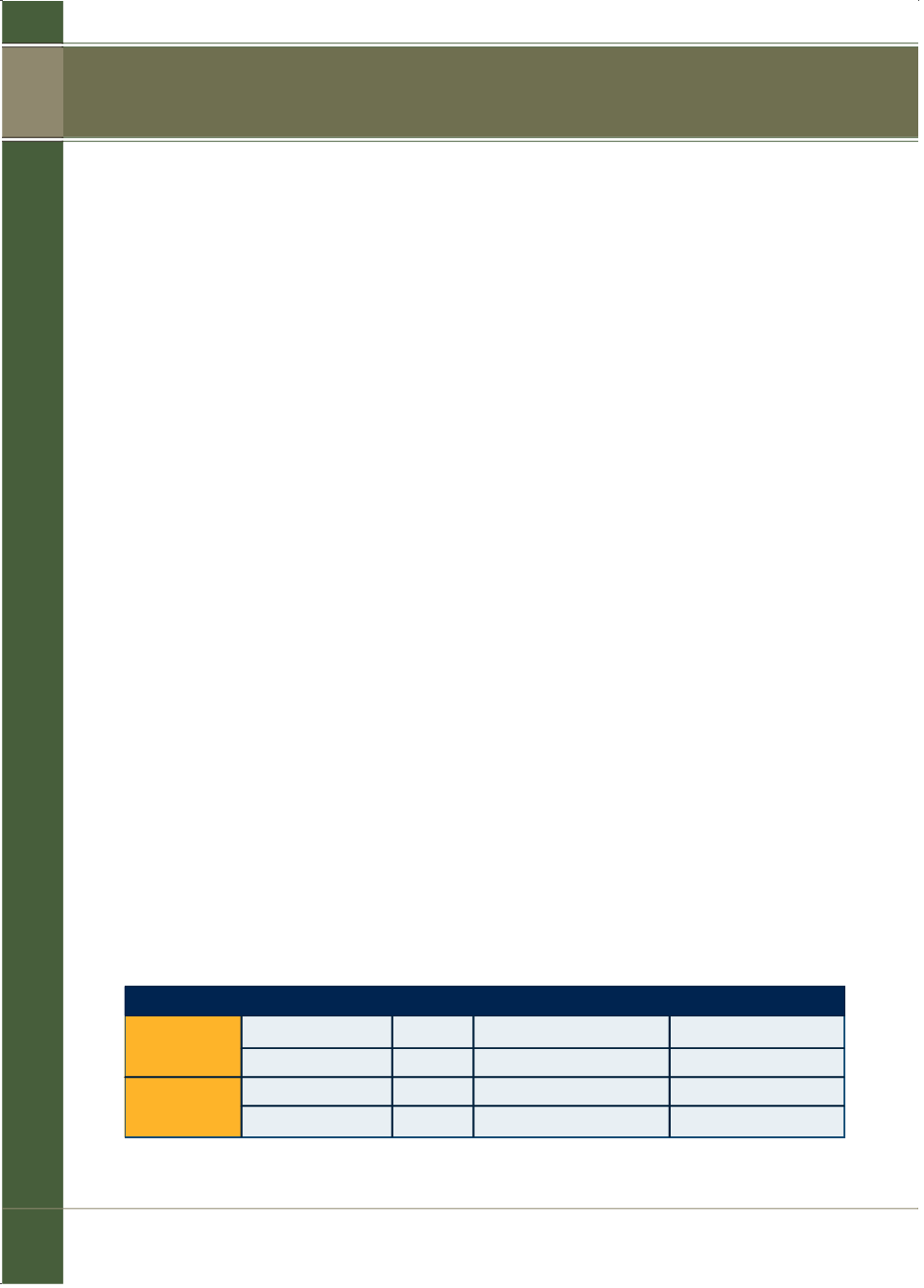

106
PRE-FLIGHT INSPECTION
Try to refuel on level ground to avoid inaccurate fuel measurements and
unwanted fuel transfer.
Dip each tank to check the amount of fuel. If a tank cannot bedipped, fill at
least one tank (weight permitting) so there is a known fuel quantity.
Cross-check fuel amounts by at least two separatemethods. Use the lowest
figure if they vary bymore than3% (mandatory for aircraftwithMTOW in
excess of 5700 kg).
Ensuredrains and vents areworking properly.
If usingAvgas, rock the aircraft tomove trappedwater over the drain
point before carrying out a fuel drain (refer aircraftmanufacturer’s
recommendations).
Check for contaminants, particularlywater; and correct fuel type.
Ensure the fuel filler cap is secure and sealed.
IN FLIGHT
At regular intervals (at least 30minutes and at turningpoints) compare fuel
remaining from gaugeswith planned figures andmonitor tank selection.
Caution: Gauge readings as per aircraft’s fuel calibration card.
Use planned power settings and correctmixture leaning technique
(at all altitudes).
POST FLIGHT
Compare usage figureswith planned figureswhennext refuelling.
FUELRESERVE
PISTON
Private
VFR
notmandatory
45minutes
Charter
VFR
15%
45minutes
TURBINE PVTandAWK VFR
NIL
30minutes
CHTR
VFR
10%
30minutes
TYPE CATEGORY
VARIABLERESERVE
FLIGHT
FIXEDRESERVE
fuel planning
2 – preparat i on

















